This edition of 3D printing news sliced features stories from Tumaker, 3Devised, Carbon, Ultimaker, Abergower, EnvisionTEC, ColourFabb, Sintratec, Authentise, Cellink, Team Steampunk 1577, FIRST Robotics Competition, Shanghai Institute of Ceramics, Chinese Academy of Sciences, University of Maryland College Park, NASA, Bradley University, MakerSat, Yhnova, Batiprint, Bouygues, Municipality of Amsterdam, Circulaire Expositie, the Royal College of Art (RCA), Sinterit, Boskalis, and Konica Minolta.
Start me up
Spanish 3D printing OEM Tumaker has released its Voladd 3D printers after the completion of prototype testing. The Voladd, built entirely locally (with the exception of a motor sourced from China) is compatible with PLA bio-filament made from corn and available for just under 800 Euros.
3D printing startup 3Devised has now launched a Kickstarter for its Pluto desktop DLP 3D printer. The top-down high resolution 3D printer occupies of 155 x 155 x 290mm, and has a build volume of 85.4 x 48 x 130mm. It comes with its own 3Deviser print preparation software.
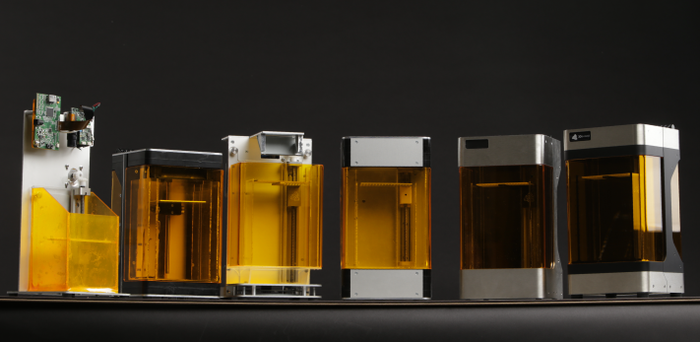
YSoft be3D eDee, an FFF 3D printer with built-in management features and cost recovery system is now available from tech company Y Soft via distributor Konica Minolta. It is hoped that the management solution will make it easier for educators to implement 3D education in schools with safe and secure access.
Upside down
Carbon has announced both the release of its SIL 30 3D printable silicone resin, and biocompatibility for six of its existing resins. The resin is especially suitable for consumer and medical skin-contact products, such as bracelets. The additional resins which are now biocompatible are CE220 (cyanate ester) EPU 40 (elastomeric polyurethane), EPX 81 (epoxy), RPU61 (rigid polyurethane), RPU70 (rigid polyurethane) and UMA 90 (urethane methacrylate).
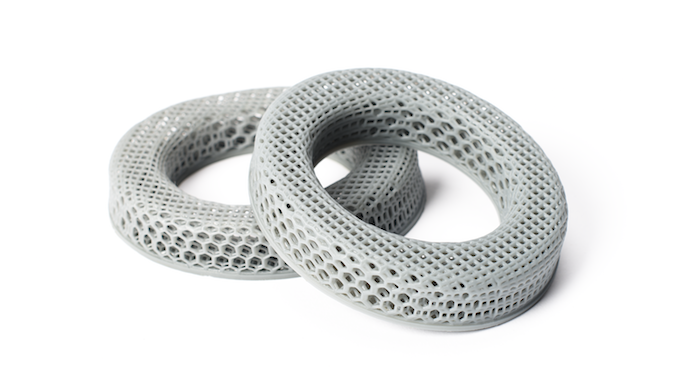
Ultimaker has announced the release of Cura Connect printer management software within its Ultimaker Cura package. Cura connect will allow print jobs to be shared between a group of printers, as well as advanced monitoring and scheduling for 3D printers.
Authentise has signed a cooperation agreement with SLM which will see real-time production data from SLM machines being received by the 3Diax software, allowing the automation of process flows and analysis of series data manufacturing.
According to Andre Wegner, Authentise CEO, the partnership is an important step in “completing the digital thread”, and will also allow customers to “automatically update an order status,” or “generate documentation that enables finished components to be traced back to source” via 3Diax.
All over the world
German DLP 3D printer OEM EnvisionTEC has added Abergower to its list of official global reseller partners. Abergower will sell the 3D printers from its operational sites in London, Glasgow and Sydney.
Sintratec machines are now available to the Benelux market after Dutch 3D printing service bureau ColorFabb was announced as Sintratec’s reseller for that region. This marks ColourFabb’s expansion into desktop SLS 3D printing market.
Build me up buttercup
The Yhnova Batiprint 3D project, first reported by 3D printing industry in April, and under construction since September, has now completed its 3D printing stage, allowing design company Bouygues 3D to manually prepare the structure for furnishing.
France has a history of innovation when it comes to social housing, with architects like Le Corbusier and Ricardo Bofill using them as a testbed for their new designs. Once complete, the building will serve as social housing for a family.
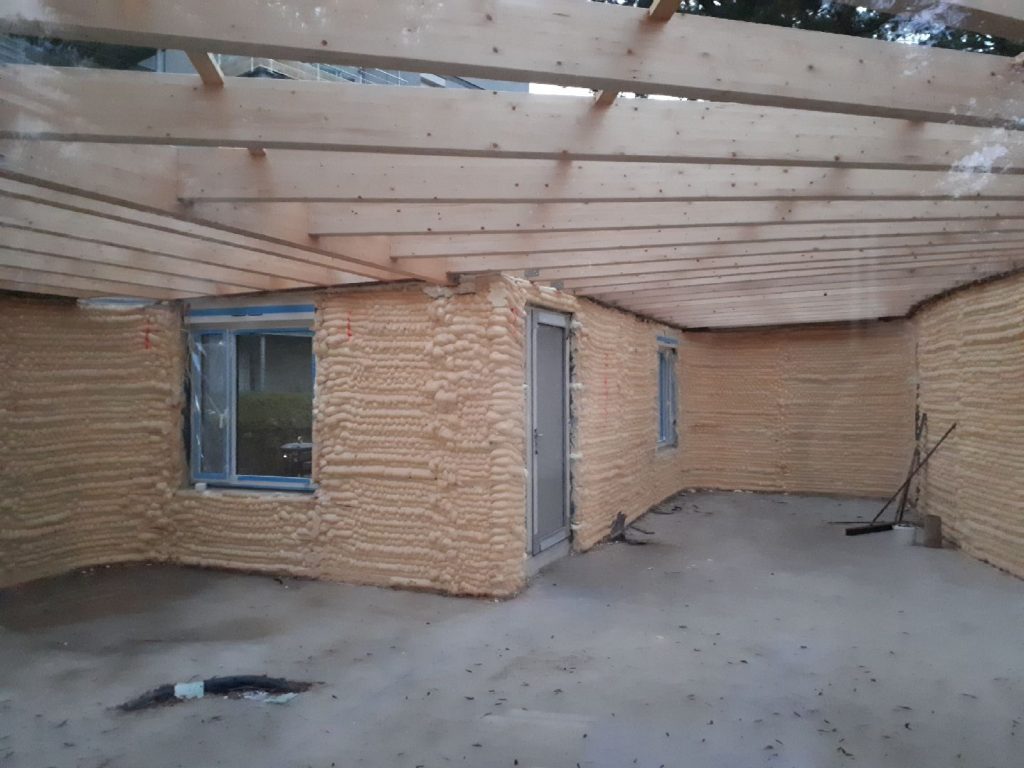
In 2015, 3D printing industry reported how a joint 3D printing project between engineering form Boskalis and Monaco’s Prince Albert II foundation was creating “artificial reefs based on scientific ecological principles” using local binder jetted Dolomite sand.
Following extensive testing of binding agents over the past eighteen months, the six 3D printed reef modules have now been placed in the Larvotto Reserve in Monaco. They will be monitored for biodiversity by the University of Nice and the AMPN (Association Monegasque pour la Protection de la Nature) for two years.
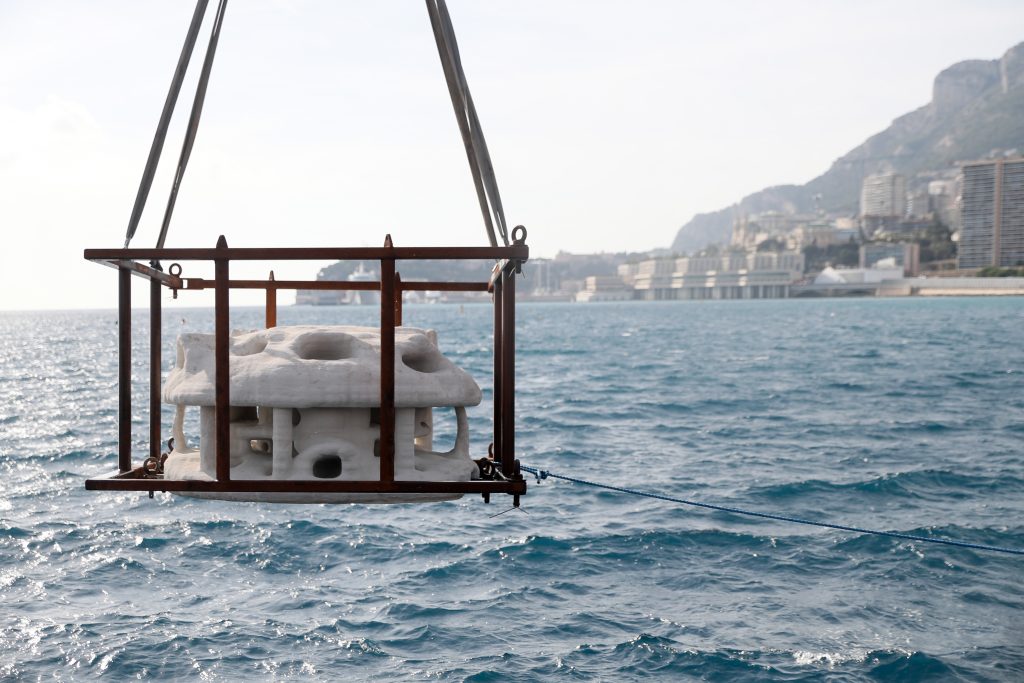
Space oddity
Following the results of the final part of stage two of the NASA On-Site Habitat Competition, the space agency has now launched the third stage of its competition to create a viable habitat suitable for martian exploration.
Hosted by Bradley University in Illinois, stage 3 will require teams to create full-scale virtual designs of a habitat, 3D print a habitat foundation, subject designs to hydrostatic testing, and then 3D print a 1/3 scale habitat. Registration for the competition is now open until February 2018.
Makersat, the state of Idaho’s first extra-terrestrial satellite, is ready to be launched. The satellite will fly at an altitude of 800 kilometers with an orbit resembling that of the Sun. It will then begin to send data to the professors and students involved in the projects, reporting the effects that the outer space environment is having on the the satellite’s 3D printed materials.
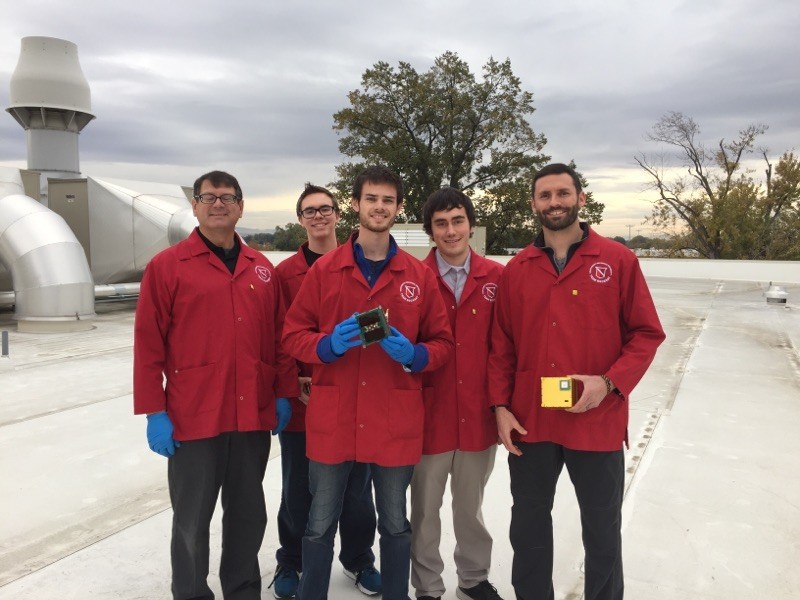
Roll with it
Team Steampunk 1577, a robotics team from the Israeli city of Raanana has invented an open source electric wheelchair kit consisting of 3D printed parts that can be combined with ordinary electric motors to motorize an ordinary wheelchair. The design, submitted to the worldwide FIRST Robotics Competition, slashes the cost of a motorized wheelchair by around $2000.
Researchers from the Shanghai Institute of Ceramics and the Chinese Academy of Sciences have invented a bio-ceramic 3D printed implant design inspired by the perforated structure of the lotus root. According to the paper published by the researchers, these lotus root-like structures are more effective at addressing the regeneration of large bone defects through in vitro cell attachment and in vivo osteogenesis, than 3D printed scaffolds.
The printer nozzle itself was modified to print scaffolds with channel struts inside them, meaning that their cross sectional appearance was similar to the lotus root. The material used to print the modified scaffolds was akermanite (AKT, Ca2MgSi2O7), which has good biocompatibility with bone marrow stromal cells. The researchers concluded that the root-like scaffolds more suitable for cell delivery and regeneration of large bone defects than alternatives.
Handbags and glad-rags
The Municipality of Amsterdam has produced two 3D printed sofas made using 3000 plastic bags. Part of “Circulaire Expositie” recycling exhibition, the sofas were 3D printed with filament produced from the recycled plastic bags. The project predicts that 650,000 of these plastic bags could be made from the waste produced by all waste produced by Amsterdam residents.

3D printing research at University of Maryland College Park has produced a concept textile that may enable personal thermal regulation. Fibres for this concept textile were prepared using thermally conductive and highly aligned boron nitride (BN)/PVA material composite.
After a BN/PVA ink was prepared, it was 3D printed using a Fisnar F4200n 3D printer into a methanol bath before being dried into fibres. The results of the study show that the cooling effect of a-BN/PVA fabric is 55% higher than that of commercial cotton fabric.
Two fashion and textile design PhD students from the Royal College of Art in London have designed and 3D printed costumes for a Beijing Opera production of “Farewell my Concubine”. The designs by Mingjing Lin and Tsai-Chun Huang. The 3D-printed parts have been printed using SLS technique from 3D printing OEM Sinterit, creating “pleated and woven garments that are as soft and pliable as textiles.”
For more updates on the 3D printing world, subscribe to our free 3D Printing Industry newsletter, follow us on Twitter, and like us on Facebook.
Featured image shows 3D Printed costumes for the RCA’s production of the opera”Farewell my Concubine”. Photo via RCA.

